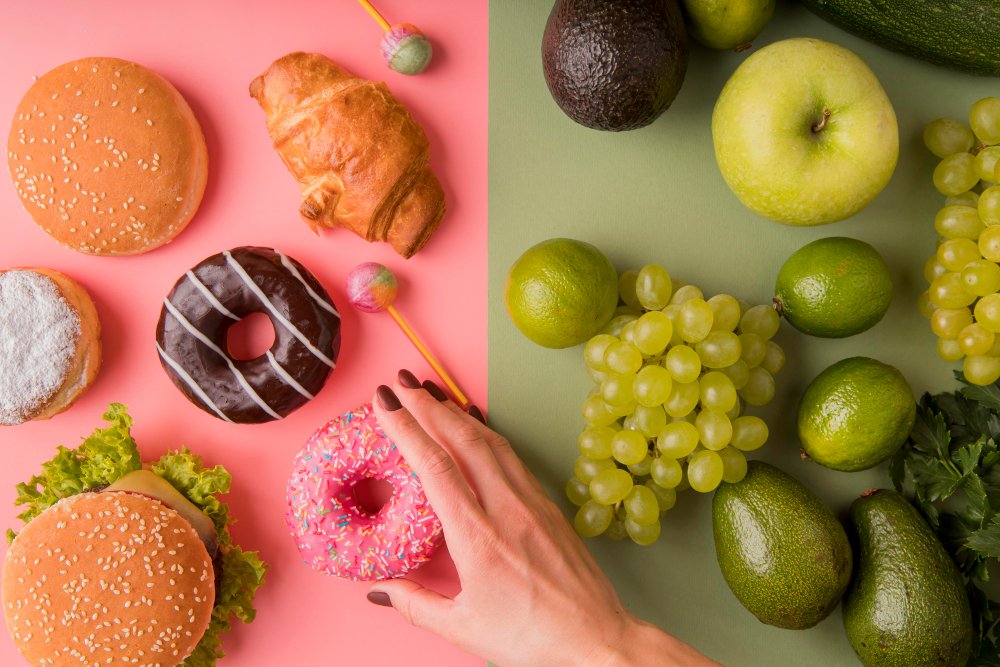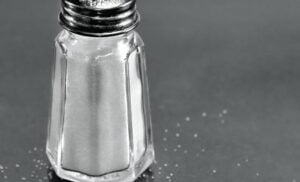Most people view fat as something that needs to be avoided. This is only partially true, as the body needs fat to aid in the absorption of certain nutrients, support the growth of cells, for energy, and to act as a type of cushion for its organs. There are two categories when it comes to fat: good fats and bad fats. Because of the impact they can have on one’s health, it is important to be aware of the differences when buying and cooking food. There are also two types of bad fats and two types of good fats. Saturated and trans fats are both considered bad. Saturated fats are primarily from animal sources but also include tropical oils such as palm or coconut oils. Trans fats are oils that have been chemically processed so that they become more solid or semi-solid. Margarine is an example of trans fat. Eating foods that contain trans fats increases a person’s risk of heart disease, stroke, and type 2 diabetes and also elevates bad, or LDL, cholesterol and lowers good, or HDL, cholesterol. Saturated fats also raise cholesterol and are associated with coronary heart disease.
Good fats are unsaturated fats such as monounsaturated fat and polyunsaturated fat. At room temperature, these fats are typically liquid. They include plant oils and avocado and nut oils, and they include omega-3 fats that come from certain fish, such as salmon and mackerel, and from flaxseed, soybean, and other sources. Unlike bad fats, these good fats help lower bad cholesterol and protect against certain diseases, such as heart disease. Whenever possible, good fats should be used as substitutes for bad fats. But although they are considered good, they should still be used in moderation.
- Fats 101 (PDF): This document has educational information for anyone interested in learning about bad and good fats found in food. Readers will find a chart on good and bad fats that covers what foods each can be found in, how they affect the heart, their characteristics, and daily limits. Additional information covered in this document includes the different types of good and bad fat, how to live sensibly, and whether switching to good fats aids in weight loss.
- Good Fats, Bad Fats: Click on this page to review a chart on good and bad fats and to read information that will help explain both good and bad fats.
- Fats Fact Sheet (PDF): Read this fact sheet on fats to learn about the different types of good and bad fats and their food sources. This page also includes some fun fat facts.
- Good Fat, Bad Fat, Low Fat, No Fat: This article discusses all types of fat and why some are good for consumption and why others are not. In addition, the article also touches on understanding the fat information on product labels.
- Fat Substitution and Low-Fat Cooking (PDF): Upon opening this document, readers will find facts on fats, information on good vs. bad fats including a chart, and how to make changes while cooking so that bad fats are reduced and good fats are increased.





